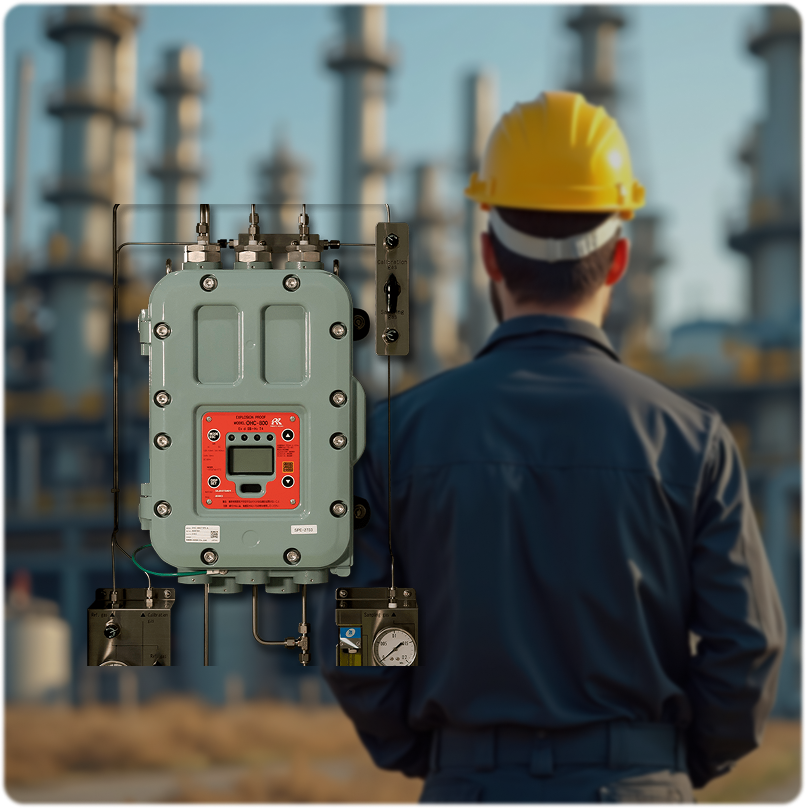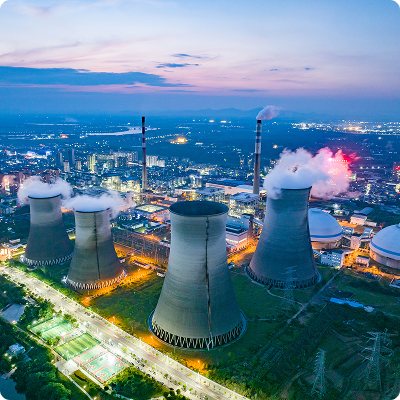

Sustainable Energy
To reduce greenhouse gas emissions such as carbon dioxide and methane, the development of next-generation energy sources that ensure a stable and sustainable energy supply is an urgent priority. In addition to renewable energy sources like solar, wind, and hydropower, gases such as hydrogen and ammonia are gaining attention as promising new energy options.
Ensuring the safe management of a stable energy supply as part of infrastructure, along with effective gas monitoring for facility control, is crucial.
Optimizing Methanation Efficiency
Real-time gas concentration monitoring within the plant needs to be implemented to allow immediate system adjustments in line with the methane generation situation. While gas chromatography (GC) has traditionally been the standard method for analyzing mixed gas samples, its limitations—including slow measurement response, lack of continuous monitoring, and the need for on-site analysis rooms due to the lack of explosion-proof capabilities—pose challenges for widespread implementation.
Riken Keiki has developed a high-precision calorimeter designed for methanation facility control. It offers real-time monitoring, explosion-proof capabilities, and accuracy comparable to GC.
Efficient, Precise Detection in
Real Time
Our Real-Time Gas Monitoring System (RTGMS) utilizes our gas sensor technology, combining multiple sensors to measure the concentrations of various components in mixed gases in real time.
Its explosion-proof design allows direct installation within plants. By integrating RTGMS into methanation plants, facility control can be significantly improved, leading to more efficient and precise system operation.
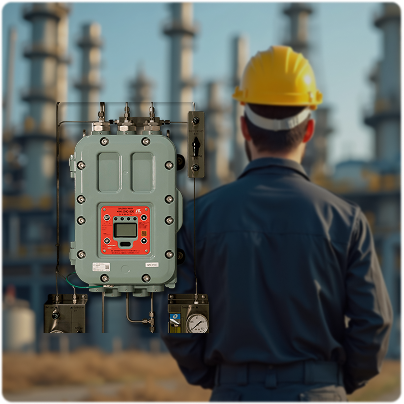

Ammonia as a Key to Next-Generation Energy Solutions
Ammonia is widely produced and consumed in industries such as fertilizers and as base materials for chemical products. The technologies for its production, transportation, and storage are already well-established, with safety measures and guidelines in place.
As a result, ammonia's application in the energy sector is gaining attention, particularly for use as fuel in marine applications. One major advantage is that ammonia transport vessels already exist, equipped with dedicated storage and safety systems to maintain and preserve ammonia as cargo. This eliminates the need to specifically secure refueling infrastructure, such as bunkering vessels.
Moreover, before ammonia-fueled ships became viable, LNG-fueled vessels were developed using technology adapted from LNG transport ships. This existing expertise can now be leveraged to accelerate the development of ammonia-fueled ships.
Diverse Solutions for Diverse
Requirements
We provide advanced gas monitoring solutions for ammonia-fueled ships. Ammonia-fueled ships require different gas concentration thresholds, alarm systems, and shutdown mechanisms for managing atmospheric emissions and fuel control, in addition to the standard concentration values used for workspace management.
In other words, these ships may need measurement methods that differ from traditional ammonia gas monitoring. With the introduction of multiple ammonia measurement requirements, a wider range of gas concentrations will need to be measured, requiring the use of various gas monitors with different detection principles. That is to say, compared to the traditional ammonia gas leak measurements for toxic gases on ammonia carriers, the number of ammonia leakage monitoring points will significantly increase, leading to greater complexity.
With our proven expertise in gas monitoring for ammonia-fueled vessels, we are ready to provide you with the most reliable solutions. Don’t hesitate to reach out to us for more information.


Expert Support Awaits – Get in Touch Today!
Achieving Stable Operation with Hydrogen Co-Firing
When burned, hydrogen reacts with oxygen to produce water while generating energy—without emitting carbon dioxide. This makes hydrogen a highly attractive next-generation energy source for achieving carbon neutrality.
However, technical challenges such as hydrogen embrittlement and combustion chamber design make it difficult to use pure hydrogen for power generation. As a result, co-firing, which blends hydrogen with existing fuels, has become the preferred approach.
Real-Time Measurement for
Stable Combustion
In hydrogen co-firing power generation, turbines cannot operate solely on hydrogen due to its low energy density. High-calorific natural gas is used during the startup phase, and as the system stabilizes, the ratio of hydrogen in the mix is gradually increased.
However, variations in calorific value during co-firing can lead to combustion vibration, causing damage to turbine blades and shafts. To prevent this, real-time monitoring and feedback on the calorific values of the fuel supplied to the turbine are essential. <br><br>With RTGMS, ignition timing and air-fuel ratio can be precisely controlled in real time, ensuring stable combustion and optimizing turbine performance.

Related Products



You may also be
interested in
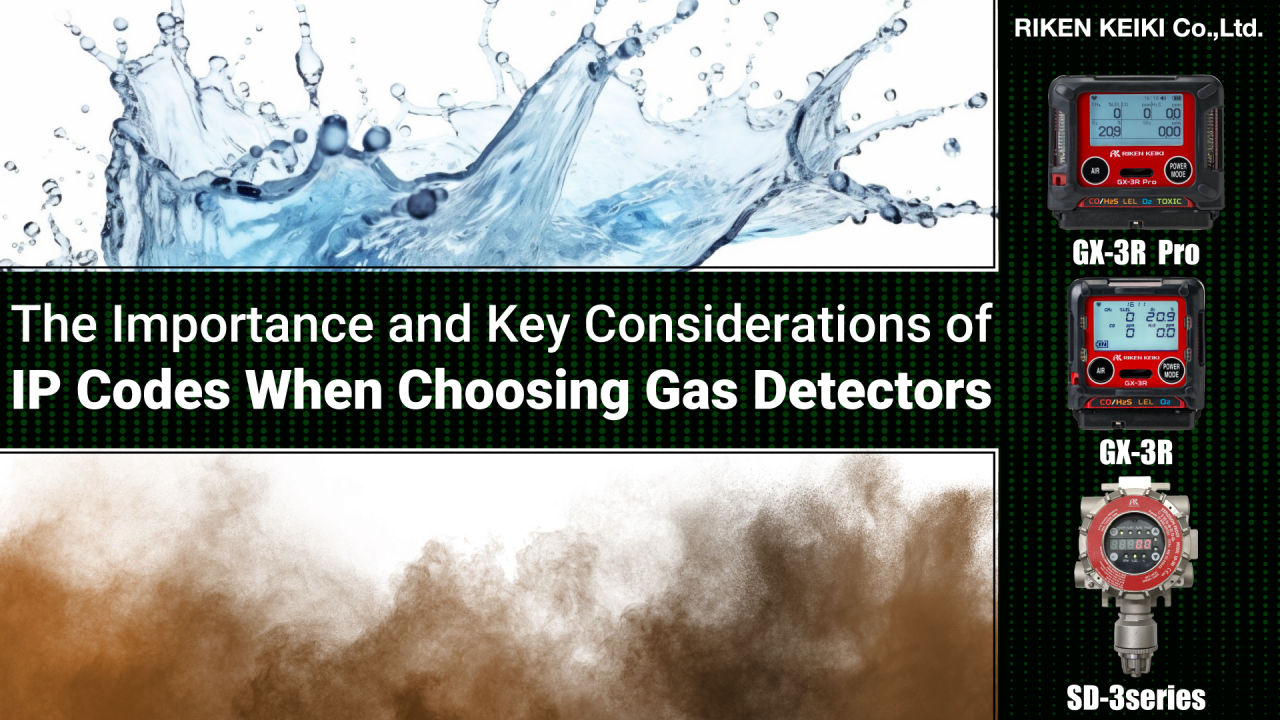
The Importance and Key Considerations of IP Codes When Choosing Gas Detectors
Learn why IP codes matter when choosing gas detectors. Discover how dust and water resistance ensure reliable performance and worker safety in harsh environments.
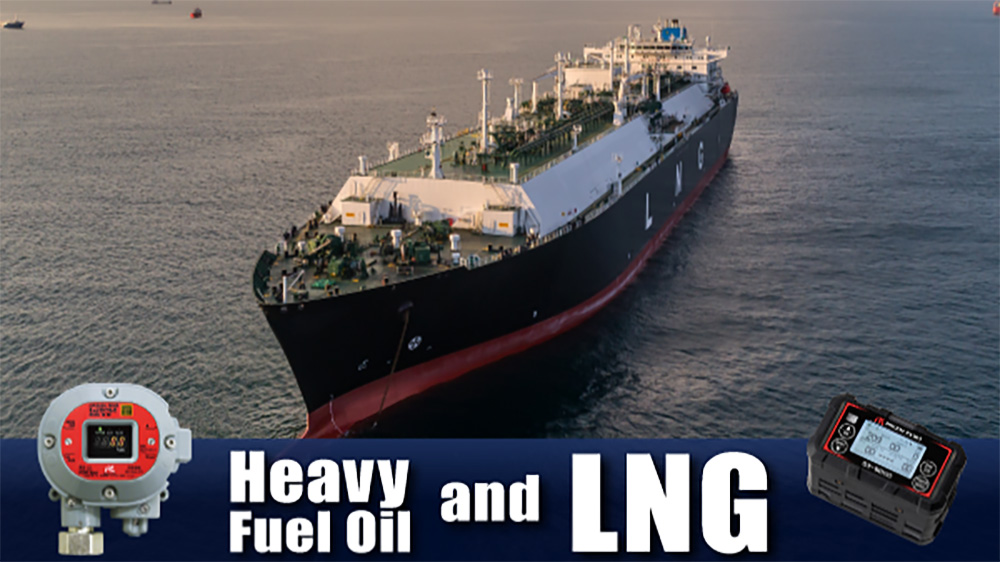
Heavy Fuel Oil and LNG
Heavy fuel oil powers global shipping with efficiency, affordability, and safety—maximizing cargo space and enabling long-distance voyages.
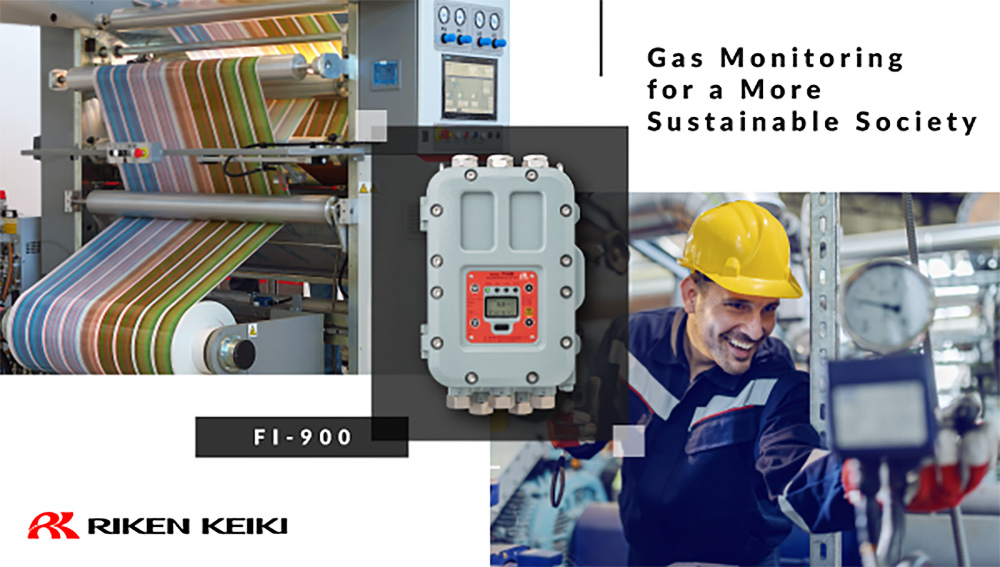
Gas Monitoring for a More Sustainable Society
Riken Keiki aids sustainability with gas monitors, supporting circular economy efforts and eco-friendly manufacturing practices.








